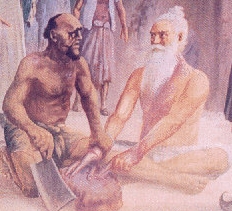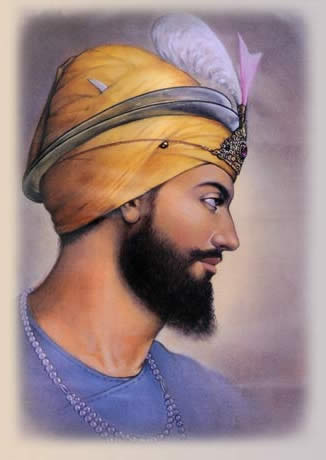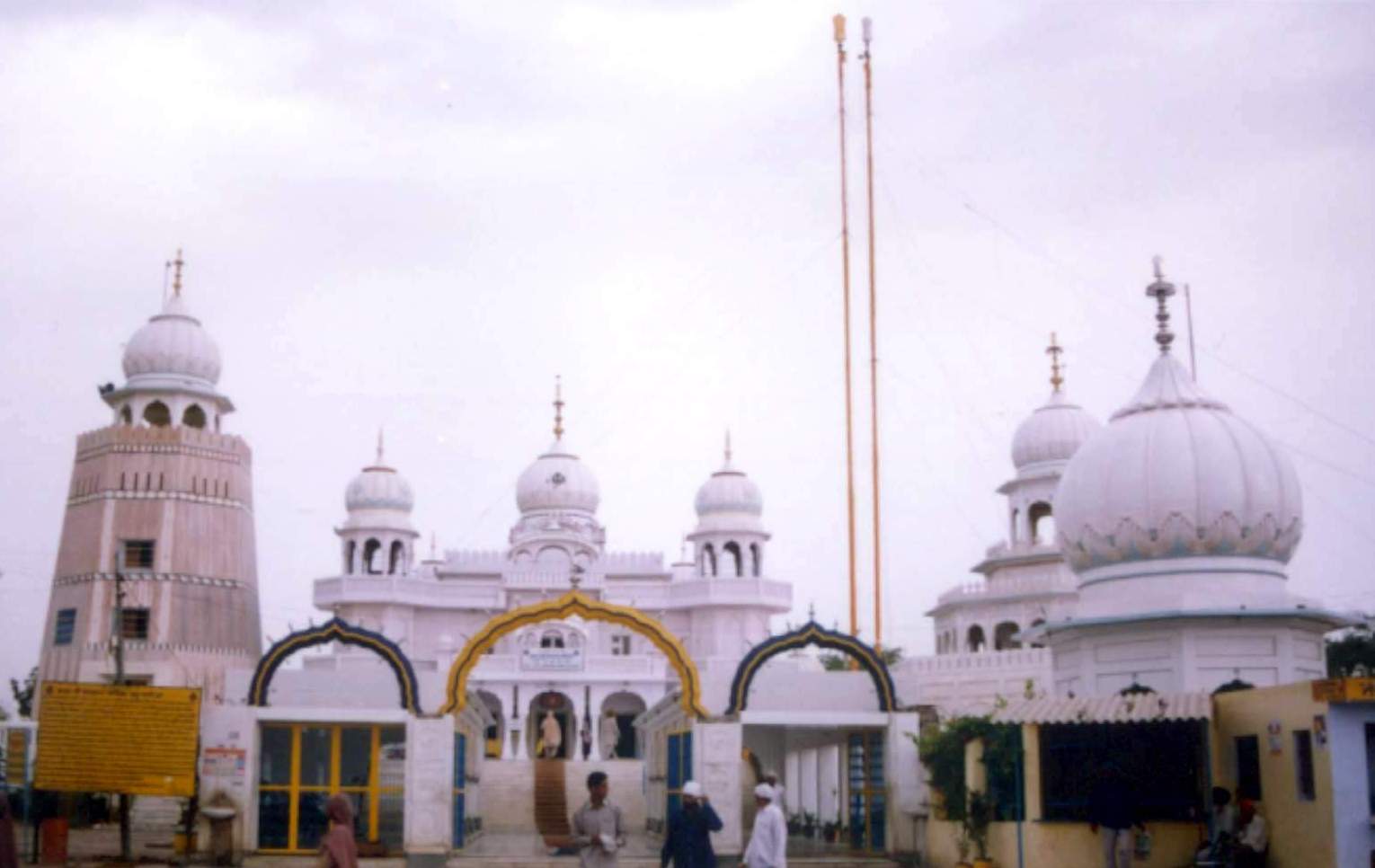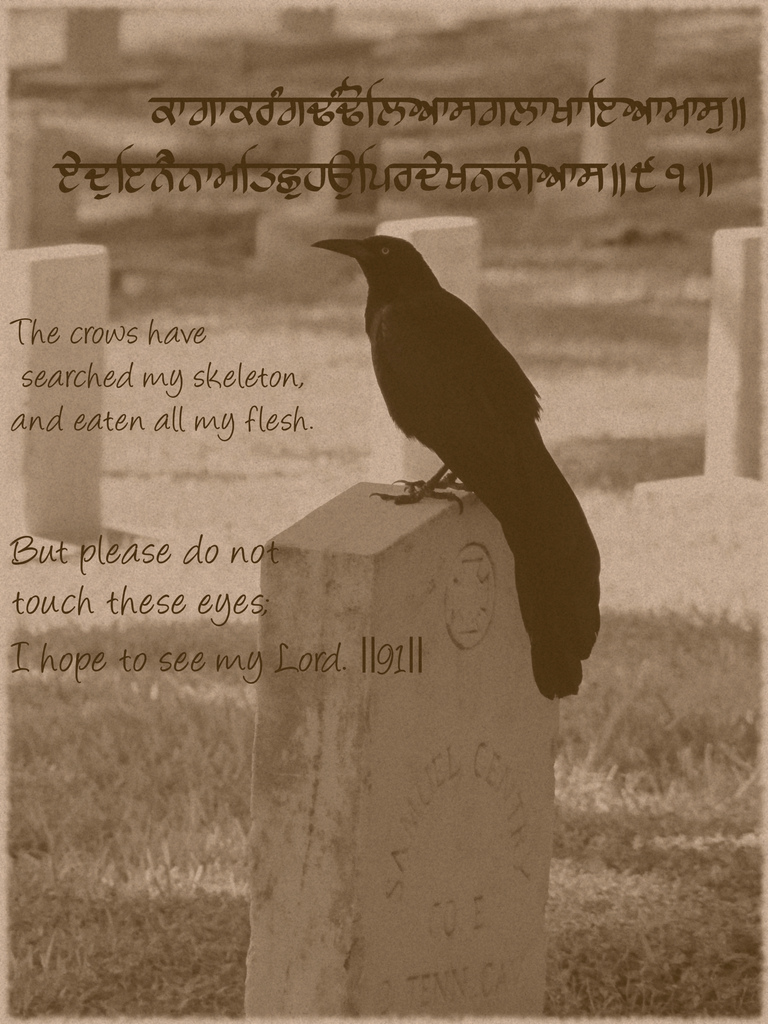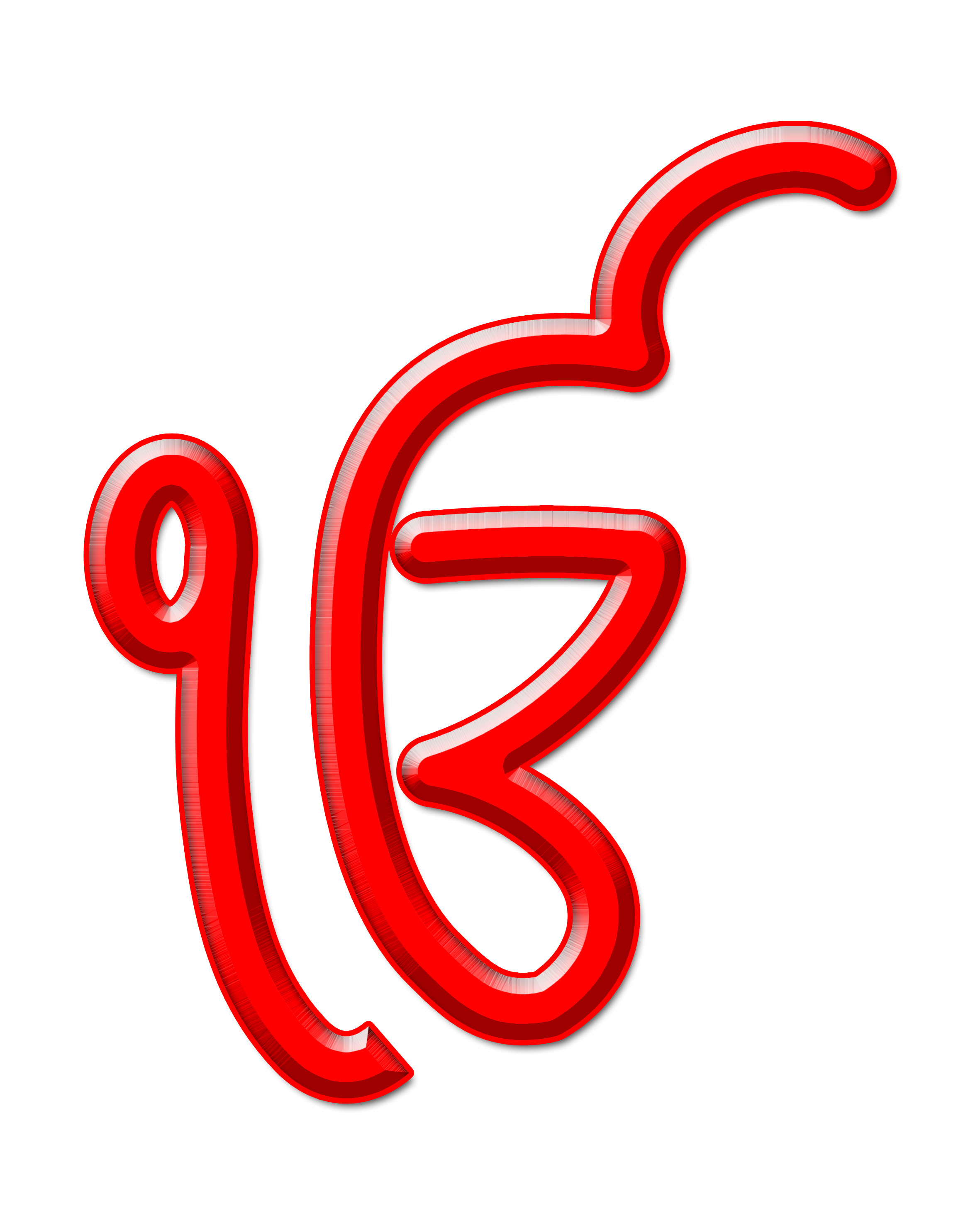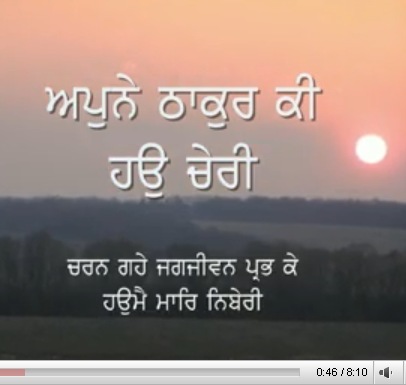Main Page: Difference between revisions
Hari singh (talk | contribs) No edit summary |
Hari singh (talk | contribs) No edit summary |
||
| Line 47: | Line 47: | ||
---- | ---- | ||
{{Template:Faceorkut}} | {{Template:Faceorkut}} | ||
{{SikhiEvents}} | |||
{{aowh|[[SikhiWiki:Today's_featured_picture/2009|Picture of the Day:]]}} | {{aowh|[[SikhiWiki:Today's_featured_picture/2009|Picture of the Day:]]}} | ||
{{POW{{CURRENTMONTH}}-{{CURRENTDAY}}}} | {{POW{{CURRENTMONTH}}-{{CURRENTDAY}}}} | ||
Revision as of 11:51, 29 January 2011
Welcome to SikhiWiki,a free Sikh Encyclopedia and learning tool...
... with 6,364 articles on Sikhism; total hits on this page
of 1,815,944+ & [[Google 2010|total of Template:NUMBEROFVIEWS pages viewed at the site.]] Sat Sri Akal, Waheguru ji ka Khalsa, Waheguru ji ki Fateh |
| Friday October 3, 2025 |
|
Bhai Mani Singh "Shaheed" (martyr) (1670 - 9 July 1737), was a great Sikh personality of the eighteenth century; he occupies a very esteemed position in Sikh history as he assumed control and steered the course of destiny of the Sikh panth at a very critical stage. A great scholar, a devoted Sikh, and a courageous leader, Bhai Mani Singh willingly laid down his life to uphold the dignity of the Sikh faith and Sikh principles. Due to the nature of his martyrdom, his actions have become a part of the daily Sikh Ardas (prayer) of the Sikhs. He is said to have been brought in the early years of his childhood to the presence of Guru Tegh Bahadur at Anandpur. He was not the same age as the Guru's own son, Gobind Rai; however they became close friends. Bhai Mani Singh remained in his company even after he had ascended the religious seat as Guru in 1675. Mani Singh accompanied the Guru to the seclusion of Paonta sahib where Guru Gobind Singh spent some three years in large part given to literary work. .....More Daulat Rai, an Arya Samajist was living in India during the late 1800's and the early part of 1900's. He was so disturbed by the publication of books by some Hindu activists whose writings maligned the Sikh Gurus that he was forced to pick up the pen himself. The now famous book: "Sahib-e-Kamal (par excellence) Guru Gobind Singh" was written by him. In his book he reminded Punjabi and Hindus of the humiliation and degradation to which their ancestors were subjected under Mughal rule before the Khalsa liberated them. Quoting various historical sources, he wrote:
Did you know...
Once there was no rain in a particular area for an extended period resulting danger to the crops. In some areas, the crops had already been destroyed. So the local people of that area decided to do Ardas - a prayer or supplication to God so that their crops may be saved. Many hundreds of people gathered together at the designated place for this Ardas. While this gathering was in progress, a passing Sikh Saint stopped by. He asked one of the crowd why there was such a big crowd gathered and what was the purpose of the gathering. One of them told the Sikh Saint that that they had gathered here to do Ardas because the crops will be destroyed in the absence of rain; they were going to ask God for rain. The Saint said that was a good thing that they were doing an ardas but he did not see anyone carrying an umbrellas or "barsatie" (rain coats)…. When Waheguru (God) accepted your Ardas then there will be lot of rain. One group leader laughingly said, "But we do not know whether it will rain or not." The Saint said, "How will your Ardas be accepted when you do not have faith in Waheguru" . He told them all to go home .
Sikhi FAQ...
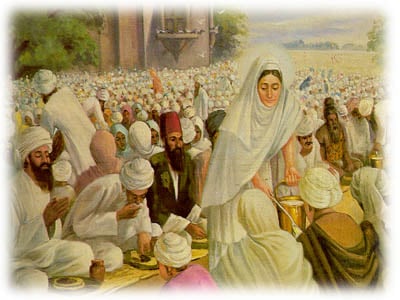 Mata Khivi (1506 - 1582) was born in 1506 to Karan Devi and Bhai Devi Chand Khatri in a small town called Sanghar which is now located in the province of Sindh in Pakistan. Her father was a shopkeeper and trader, and was a popular man in the neighbourhood. His daughter inherited all his finest attributes of generosity and congenial spirit. She was married in 1519, when she was 13 years old. Khivi was married to Lahina for 20 years before he became the second Guru of the Sikhs. There is historical evidence that she had 4 children. Dasu, the eldest was born in 1524. Bibi Amro was born in 1532, followed by Bibi Anokhi in 1535 and son Datu in 1537. The family was content and doing well. As the wife of one of the town's richest men, Khivi must have enjoyed a great deal of respect. Her life was one of luxury and pleasure. .....More
|
Recent articlesPopular articles
| ||||||||||||||||||||||||||||||||||||||||||||||||||||||
Template:2025/10 Template:2025
| Popular Articles on Sikhi Wiki |
|
Mool Mantar | Japji | Sikhism | Dasam Granth | Kirtan | Beliefs | Bani | Gurus | SGGS | Bhai Manjh | Vegetarianism | Bhagat Sain | Bhagat Dhanna | Today | Blogs |

